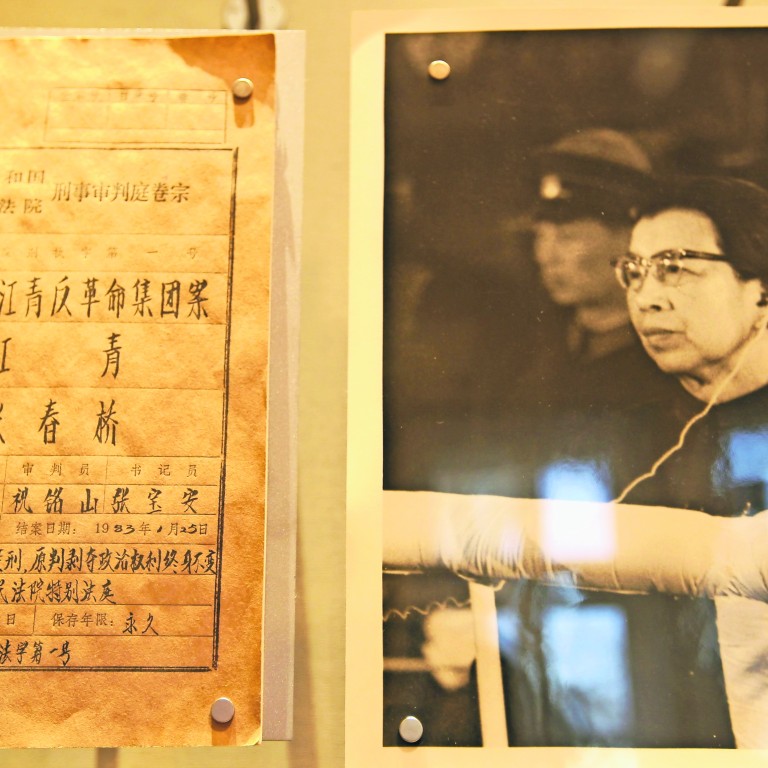
‘Punishment better than words’: China’s top graft-buster vows no let-up in hunt for corrupt ‘tigers’
The Communist Party’s discipline chief Wang Qishan vowed yesterday there would be no let-up in the far-reaching anti-graft campaign in 2016.
“Punishment works better than words,” Wang, head of the graft-busting Central Commission of Discipline Inspection, told a preparatory meeting for an upcoming CCDI conference involving provincial party leaders.
“We will let the public see and enjoy our achievement fighting corruption,” he said. “The strength of our anti-corruption efforts will not be lessened.”
The CCDI will hold its sixth plenary session in Beijing next Tuesday to Thursday to map out its direction for the coming months.
The anti-graft campaign did not only target “a few corrupt people” but was an important element in cleaning up the party, Wang added.
READ MORE - Close aide to China’s President Xi Jinping named Beijing’s anti-graft chief
President Xi Jinping (習近平) launched the massive anti-corruption campaign after coming to power more than three years ago. Famously, he has said the CCDI would be “striking tigers and flies at the same time” – a reference to both high-ranking corrupt officials, and those more lowly.
Among the scalps the campaign has claimed are former top officials such as Bo Xilai (薄熙來), Zhou Yongkang (周永康), and Ling Jihua (令計劃).
Xi said some officials implicated in the campaign had attempted to form factions to harm party unity “for the interests of themselves or their small groups”, according to a book recently published by the CCDI.
Meanwhile, in a move seen as a warning against corruption, a new Beijing museum is exhibiting materials from the legal procedures against Zhou and Bo.
The China Court Museum, which opened to public on Wednesday, features the handcuffs that constrained Bo, the pen that housed Zhou during his trial, the court hammer used in both trials, along with the written verdicts.
The items were meant to send a visual warning to, and “touch the hearts” of, the viewers, Wang Haibo, curator of the museum told Beijing Youth Daily.
READ MORE - Monitor your own families for corruption, China’s President Xi Jinping tells Communist Party leaders
Other documents on show include the judgment papers in the trials of Li Chuncheng, former deputy party boss of Sichuan (四川) province, and Jiang Jiemin, former president of China National Petroleum.
The museum is run by the Supreme People’s Court of China and occupies a historical building that housed a Japanese bank in the 1910s.
Its purpose was to showcase the party’s attempt at establishing the rule of law, but it did so only in a superficial way, said Zhang Lifan, a Beijing-based political observer.
“In terms of rule of law, recent cases such as that of Pu Zhiqiang have been a slap in the face of the hypocritical judiciary,” he said. “Even the procedures in the cases of Bo and Zhou were flawed.”
Zhang said the party’s propaganda machine was highlighting the cases of imprisoned leaders to feed the “trivial curiosity” of the audience.
But he said the public had probably tired of the seemingly endless “selective crackdown” on corruption.
“Even the biggest fan of scandal would have fatigue to see these cat fights within the so-called Zhao Family [the top rulers],” he said.

